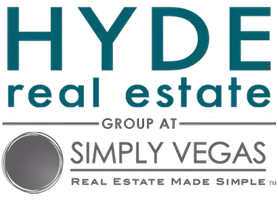Multifamily Investment Showdown: Class A vs. B+ vs. C+ Assets in Las Vegas (2025 Guide)
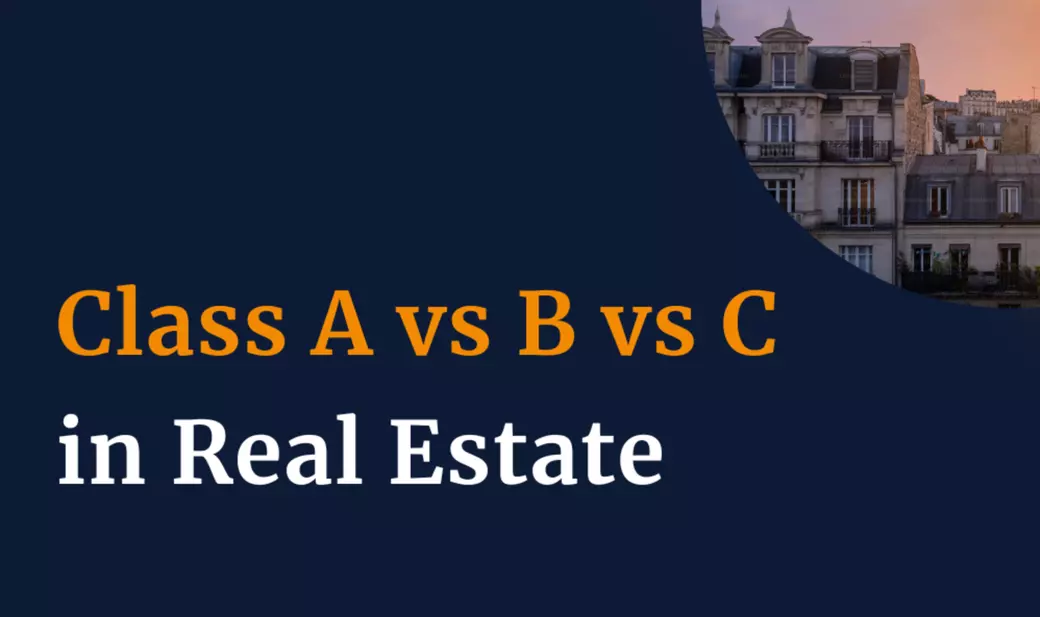
🏢 Multifamily Investment Comparison: Class A vs. B+ and C+ Assets

In a diverse real estate market like Las Vegas, choosing the right asset class can dramatically impact your returns. Whether you’re chasing appreciation, cash flow, or a balanced blend of both, understanding how Class A, B+, and C+ multifamily assets perform is key to smart investing.
This guide presents a side-by-side breakdown of three properties across asset classes—analyzing everything from rent levels to net cap rates—to help you pick the investment that best matches your strategy in 2025.
📊 Side-by-Side Asset Comparison (Las Vegas, 2025)
|
Metric |
Class APortola Centennial Hills |
Class B+1120 Plantation Ct |
Class C+1956 Cosmic Dr |
|---|---|---|---|
|
Units |
143 |
4 |
4 |
|
Asking Price |
$42,000,000 |
$1,175,000 |
$625,000 |
|
Price per Door |
$293,706 |
$293,750 |
$156,250 |
|
Avg. Monthly Rent |
$1,625 |
$1,700 |
$1,500 |
|
Occupancy Assumption |
90% |
95% |
95% |
|
Adjusted Gross Income (Annual) |
$2,509,650 |
$77,520 |
$68,400 |
|
Total Expenses |
$931,299 |
$25,480 |
$23,557 |
|
Net Operating Income (NOI) |
$1,578,351 |
$52,040 |
$44,843 |
|
Net Cap Rate |
3.76% |
4.43% |
7.17% |
💡 Key Takeaways by Asset Class
Class A (Portola Centennial Hills)
-
Stability and Prestige: Brand-new construction with minimal capex requirements.
-
Lower Yield, Lower Risk: Net cap under 4%, but reliable long-term performance.
-
Ideal for: Institutional investors, 1031 exchanges, or high-net-worth buyers seeking stability.
Class B+ (1120 Plantation Ct)
-
Balanced Performer: Higher rents, manageable upkeep, and better-than-average returns.
-
Mid-Tier Entry Cost: $1.1M acquisition still provides solid upside.
-
Ideal for: Investors seeking balance between growth and yield in strong residential pockets.
Class C+ (1956 Cosmic Dr)
-
Highest Yield: Leading cap rate (7.17%) and lowest cost per door.
-
More Hands-On: Higher management needs but better cash-on-cash returns.
-
Ideal for: Income-focused investors or those willing to actively manage or reposition.
🧠 Strategy Matrix: Which Asset Fits Your Goal?
|
Goal |
Best Fit |
|---|---|
|
Highest Yield |
✅ 1956 Cosmic Dr (Class C+) |
|
Long-Term Stability |
✅ Portola Centennial Hills (Class A) |
|
Balanced Investment |
✅ 1120 Plantation Ct (Class B+) |
|
Best Entry Price |
✅ 1956 Cosmic Dr |
|
Best Price per Door |
✅ 1956 Cosmic Dr |
🤔 Frequently Asked Questions (FAQs)
1. What’s the difference between Class A, B+, and C+ multifamily properties?
-
Class A: New builds, luxury amenities, highest rents.
-
Class B+: Older than Class A but well-maintained, good neighborhoods.
-
Class C+: Functional, more affordable, often in working-class areas.
2. Why does Class C+ have a higher cap rate?
Cap rates compensate for higher perceived risk or management needs—offering better yield potential in exchange.
3. Are higher rents in B+ than A a typo?
No—it’s a reflection of unit size and rental comps. Smaller unit counts often charge slightly higher rents per unit, especially in tight submarkets.
4. What are the risks of investing in Class C+ assets?
While cash flow is strong, risks include older infrastructure, potential code issues, and tenant turnover.
5. Which asset class offers the best appreciation potential?
Class A typically appreciates faster in hot markets due to amenity appeal and institutional buyer demand.
6. Is Class B+ a safer middle ground?
Yes. It often offers better yield than A and less risk than C, especially in strong residential areas with good schools and infrastructure.
🔚 Final Thoughts: Match Your Asset to Your Investment Personality
Each multifamily asset class in Las Vegas offers unique strengths—and tradeoffs. Whether you’re looking for reliable income, rapid appreciation, or a mix of both, the right property is out there.
Align your investment with your risk tolerance, capital structure, and time horizon. In a fast-evolving market like Las Vegas, the right strategy is just as important as the right property.
Categories
Recent Posts
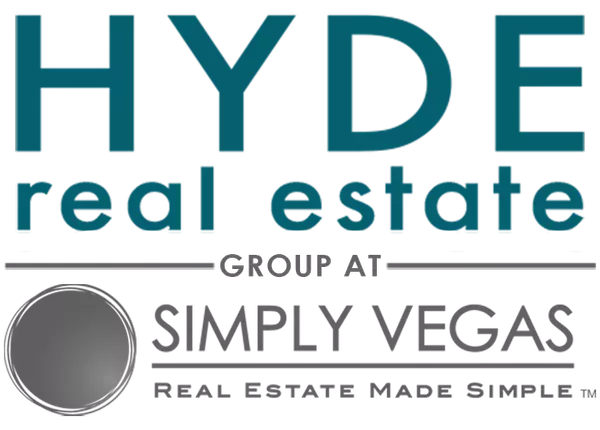
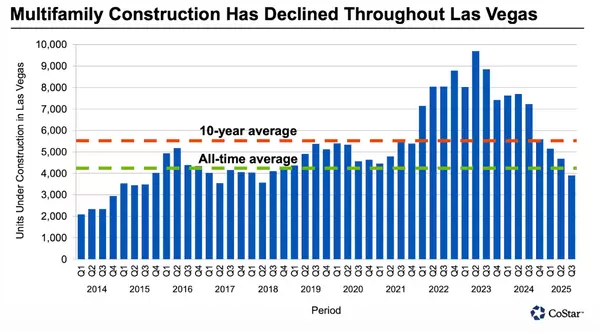
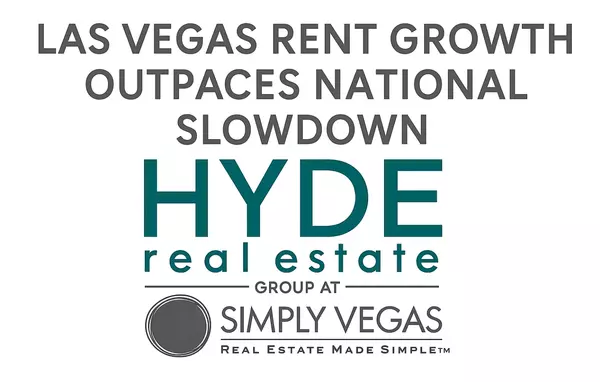
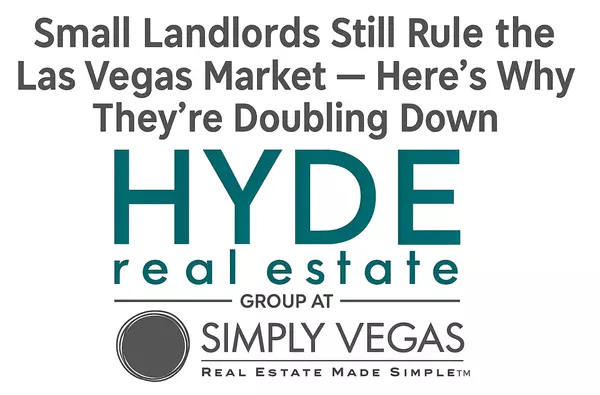
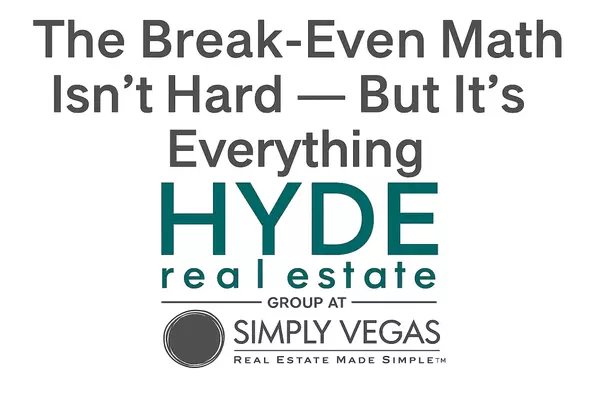

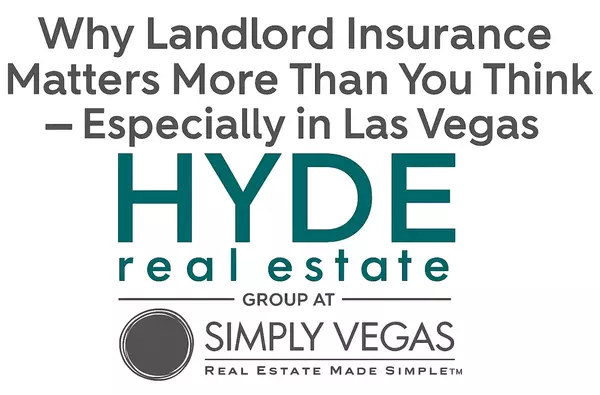

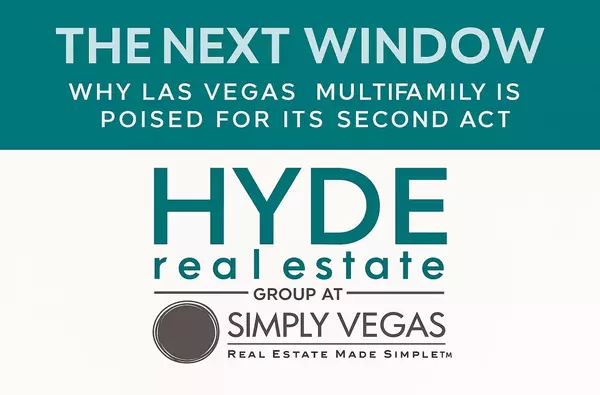
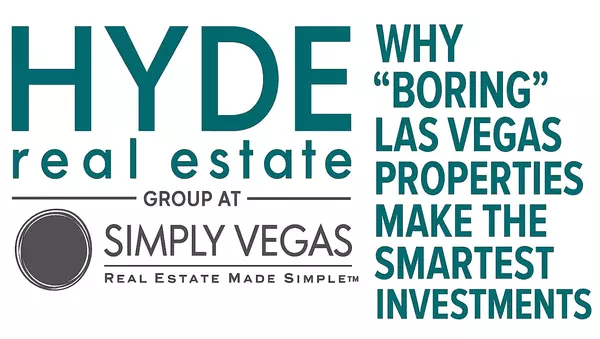
GET MORE INFORMATION

